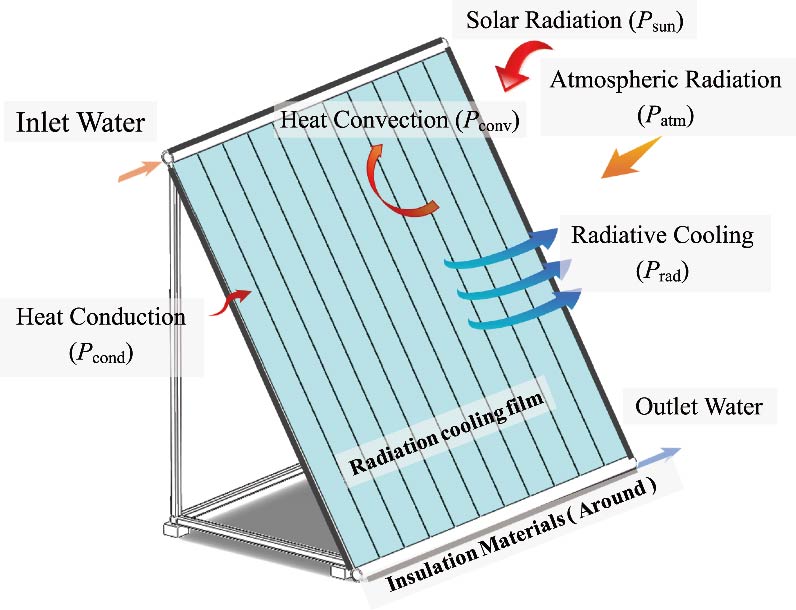 PDF(12596 KB)
PDF(12596 KB)


Activate Radiative Cooling Technology for Data Center Cooling and Energy Efficiency Analysis
WANG Lu, LI Haibin, LIU Hong, CHEN Xiaoxuan, CHEN Liang, LI Zhen
热科学学报 ›› 2025, Vol. 34 ›› Issue (3) : 1129-1147.
 PDF(12596 KB)
PDF(12596 KB)
 PDF(12596 KB)
PDF(12596 KB)
Activate Radiative Cooling Technology for Data Center Cooling and Energy Efficiency Analysis
Activate Radiative Cooling Technology for Data Center Cooling and Energy Efficiency Analysis

| {{custom_ref.label}} |
{{custom_citation.content}}
{{custom_citation.annotation}}
|
/
| 〈 |
|
〉 |